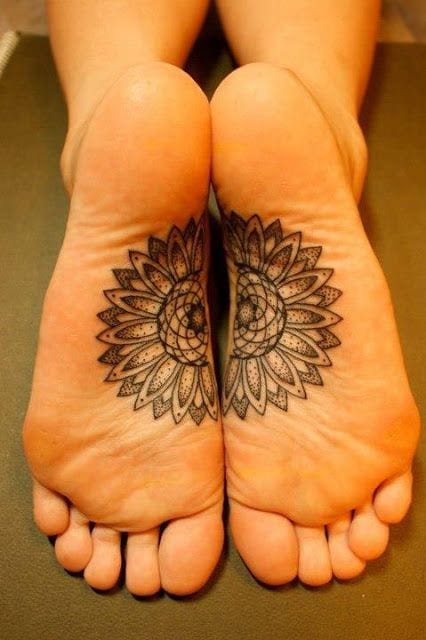 It is amazing how people love work on their feet and therapists often love working on the feet and yet…Most therapists don’t know the anatomy of the feet!
It is amazing how people love work on their feet and therapists often love working on the feet and yet…Most therapists don’t know the anatomy of the feet!
I myself didn’t! I don’t know how many years it was before I really studied the intrinsic muscles of the feet…probably ten.
But finally I really explored them. And the muscles of the feet revealed themselves as fascinating – as complex as the back, perhaps even more so, but in an area 10 times smaller.
It’s not surprising. The job the feet have to do to balance the entire body on those two relatively small structures and the job they have of distributing and absorbing the forces of standing, walking and running – it’s unbelievable!
First there’s the plantar fascia of the sole. Then the abductors of the little and big toes, then a number of layers and varying lengths of flexors of all the toes, the graspers between the tarsals and between the toes, the tendon of peroneus longus, the plantar ligaments, and more! It’s a mandala of miraculous organization.
When we study the anatomy of the foot and then learn how to free all these muscles and layers, it adds an incredible and super-important piece to your practice. After a session your clients will report that you’ve added the feeling of an inch of extra padding to their feet; they will feel new spring in every step; and they will feel how the foot, rather than being a kind of amalgamated bunch of tissue, is an articulated structure with 26 bones each designed brilliantly to work together to flow with energy and freedom.
You owe it to yourself and your clients to really get to know the feet. As the founder of Reflexology, Eunice Ingram said, there are an infinite number of “stories the feet can tell.”
—————————————————————————————————————————————
Upcoming Continuing Education Workshop:
Heel and Sole – Anatomy and Advanced Work for the Feet by David Lauterstein
Sunday, 10am-5pm

